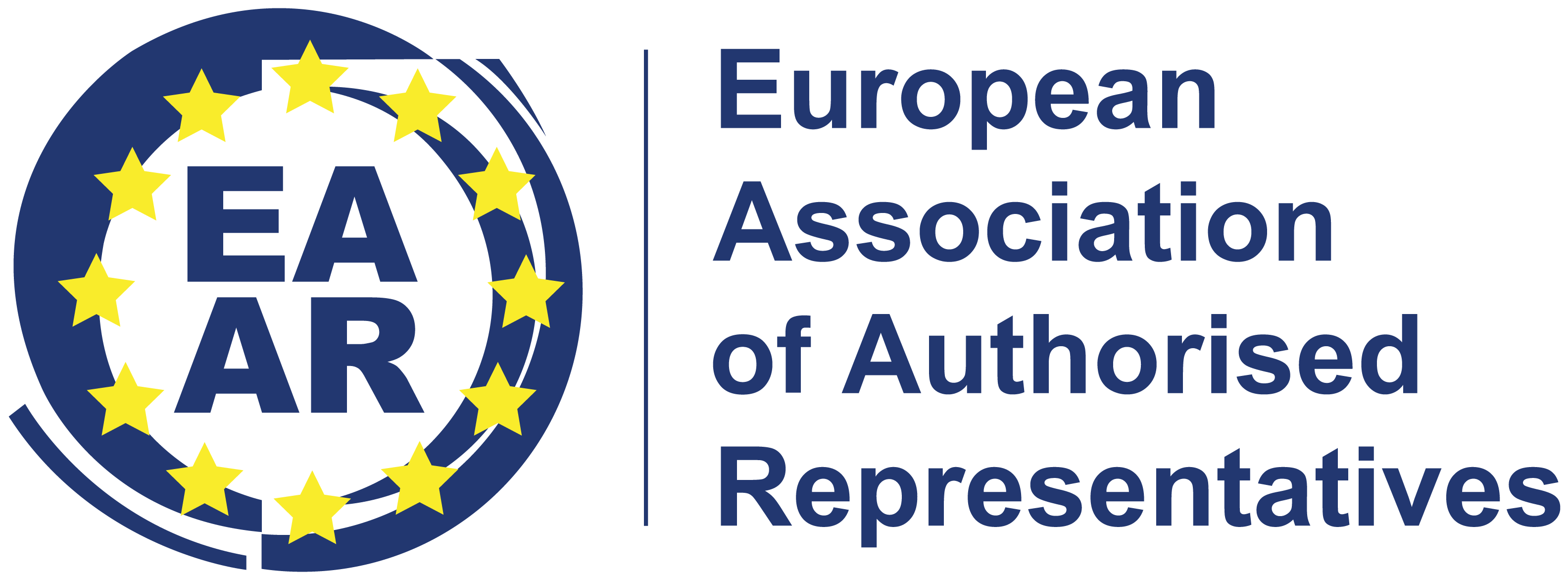Patient oriented improvements to deal with problems arising from the proposed Article 9(4a)
(each one can be used alone or in conjunction with the others)
Proposal 1: To indicate how the patient can claim compensation from an entity based in Europe under current law on liability for defective products and avoid pursuing an action that would fail due to the legal defences protecting the AR.
Delete art. 9(4a) and replace with
Art. 11(2a) “the importer shall be legally liable for defective devices in accordance with Article 8(13)” and
Art. 12(4a) “In the event that the manufacturer and the importer cannot be identified or legal action in accordance with Article 8(13) cannot be undertaken against them, the distributor that supplied the devices shall be legally liable for defective devices in accordance with Article 8(13)”
Rationale: Article 8(13) refers to “applicable Union law”, i.e. to Directive 85/374/EEC (liability for defective products) which assigns liability to manufacturers and importers into EU or to the supplier (distributor) if these are not known.
Proposal 2: To ensure that adequate funds are available for patients.
Add Article 4(b) an
The mandate referred to in paragraph 3 shall include a guarantee that the authorized representative is covered and held harmless under the appropriate insurance or equivalent financial guarantee referred to in article 8.13.
Rationale: It will be almost impossible for authorised representatives to obtain liability insurance, because it cannot influence the factors that cause defects in medical devices (design and manufacture). It is therefore logical that this is taken into account in the manufacture’s arrangements to have sufficient funds available for compensation. Otherwise the patients will be seeking compensation from authorised representatives who do not have adequate funds for this purpose.
Proposal 3: To provide a mechanism to help the patient to take action against a non-European manufacturer.
Delete art. 9(4a) and replace with:
Art. 9(3bb) verify annually that the manufacturer has taken reasonable measures to be able to compensate citizens of a Member State suffering damage by devices marketed in a Member State in case they are held responsible in accordance with article 8(13).
Art. 9(3bc) accept the service of judicial documents on behalf of the manufacturer. Judicial documents may be served on such a manufacturer by delivery of the documents to its authorized representative in accordance with Council Regulation (EC) No. 1393/2007.
Art. 9(3bd) promptly forward any judicial document it has received in accordance with article 9.3 (bc) to the manufacturer.
Rationale: The contract between the manufacturer and the AR would require the manufacturer to prove that it has a patient compensation system in place and to accept to receive and be bound by judicial documents received by the AR on his behalf. Thus a patient suing the manufacturer can serve the relevant documents to the AR for transmission to the manufacturer. This type of approach of serving judicial documents to foreign manufacturers is currently proposed in the US Congress (H.R. 1910) and would require European manufacturers to appoint a representative in the USA to whom judicial documents could be served.
Proposal 4: To protect the patient by eliminating rogue ARs and improving the compliance by law abiding ARs.
Article 9(4a) could be modified to read
Where the manufacturer is not established in any Member State, and has not complied with the obligations laid down in Article 8, the authorised representative shall be legally liable for its obligations under this article as well as those obligations of Article 8 delegated in a mutually agreed contract by the manufacturer to the authorised representative.
Rationale: This would help member states to take enforcement action against non-compliant authorised representatives.
Proposal 5: Guarding the AR from manufacturer’s coercion and the liability arising from information disclosure in vigilance will allow the AR effectively protecting the safety of the patient and thus acts in the public interest.
Add an article 9(4b) as follows:
The authorised representative shall suffer no disadvantage within the manufacturer’s organisation or with respect to the contractual relationship with the manufacturer in relation to the proper fulfilment of his duties and shall not be held liable for defective devices that the authorised representative did not manufacture, distribute or put into circulation.
Rationale: Aligning with Art. 13.3 concerning manufacturer’s responsible (qualified) person and Directive 85/374/EEC. To avoid weakening of the vigilance system, which could endanger the patient.
We would also urge stakeholders to consider the following simple solution.
Delete the words “Without prejudice to paragraph 4,” in article 9.4a.
Rationale: Paragraph 4 specifically prohibits including certain responsibilities of the manufacturer in the mandate for the authorised representative, including design and manufacturing (Article 8.1).
Most defects in medical devices arise from design and manufacturing. Therefore it makes no sense to make the authorised representative liable for processes that they are prohibited to take any responsibility for. If this change is made, then the liability would be limited to causal factors that are not covered by the prohibitions of paragraph 4.


Leave a Reply
You must be logged in to post a comment.